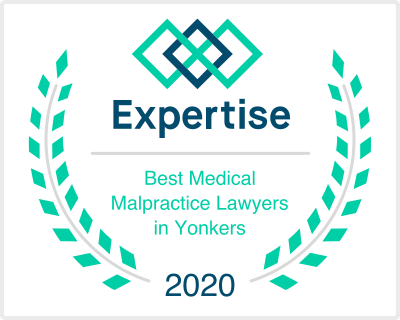
Bankruptcy may be a wise choice for some New Yorkers
Many people in New York and elsewhere have struggled to keep up with payments on credit cards or medical bills. Often they will refuse to consider Chapter 7 or Chapter 13 bankruptcy because of the perceived stigma attached to these types of debt relief. While their concerns are not wholly unjustified, there are actually times when bankruptcy and the consequent hit on one’s credit rating is a valid method of debt relief.
While the cost of bankruptcy does include a reduced credit score and possible loss of nonexempt assets, an understanding of the different types of consumer bankruptcy is a key first step. Chapter 7 can result in a discharge of most unsecured indebtedness within a few months of filing, while Chapter 13 involves paying down obligations over a period of three to five years under a court-approved plan. Bankruptcy should be considered if personal and professional negotiations with creditors have proved fruitless or if insufficient assets and income exist to have any hope of paying off debts.
In cases where people are struggling to recover from severe medical conditions, job losses, or other factors beyond their control, bankruptcy may be a sensible option that allows debtors to move forward with rebuilding their financial stability and security. However, a complete assessment of debts versus assets and attempts to negotiate remain key components of successful bankruptcy.
An attorney assisting such a debtor may begin by performing a thorough analysis of the client’s overall ability to pay. The attorney could attempt to negotiate the reduction or restructuring of existing debts with the concerned creditors and become the primary point of contact for creditors seeking payment. If the creditors refuse to negotiate, the attorney might suggest filing for Chapter 7 or Chapter 13 bankruptcy depending upon the client’s circumstances and eligibility.

